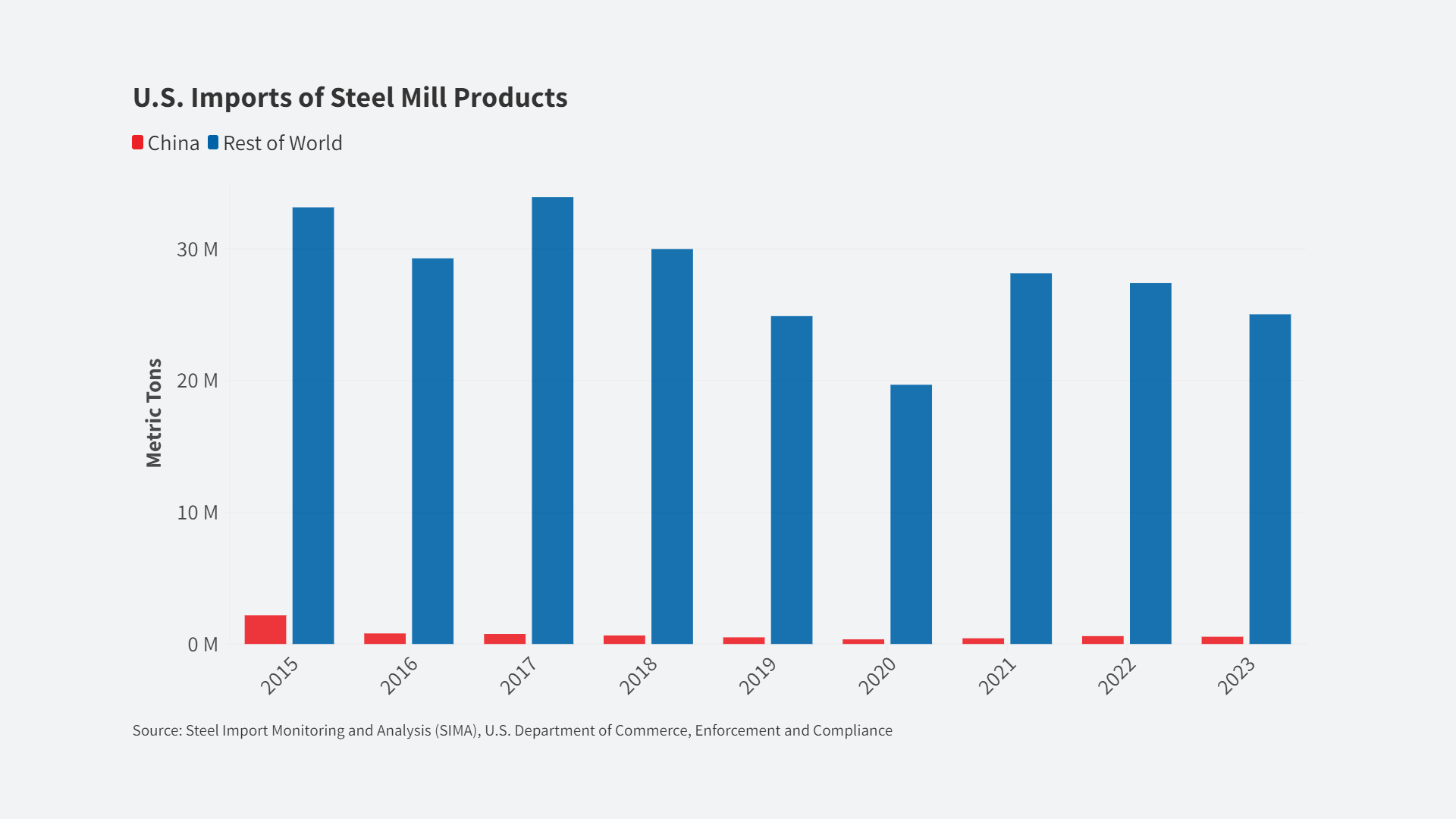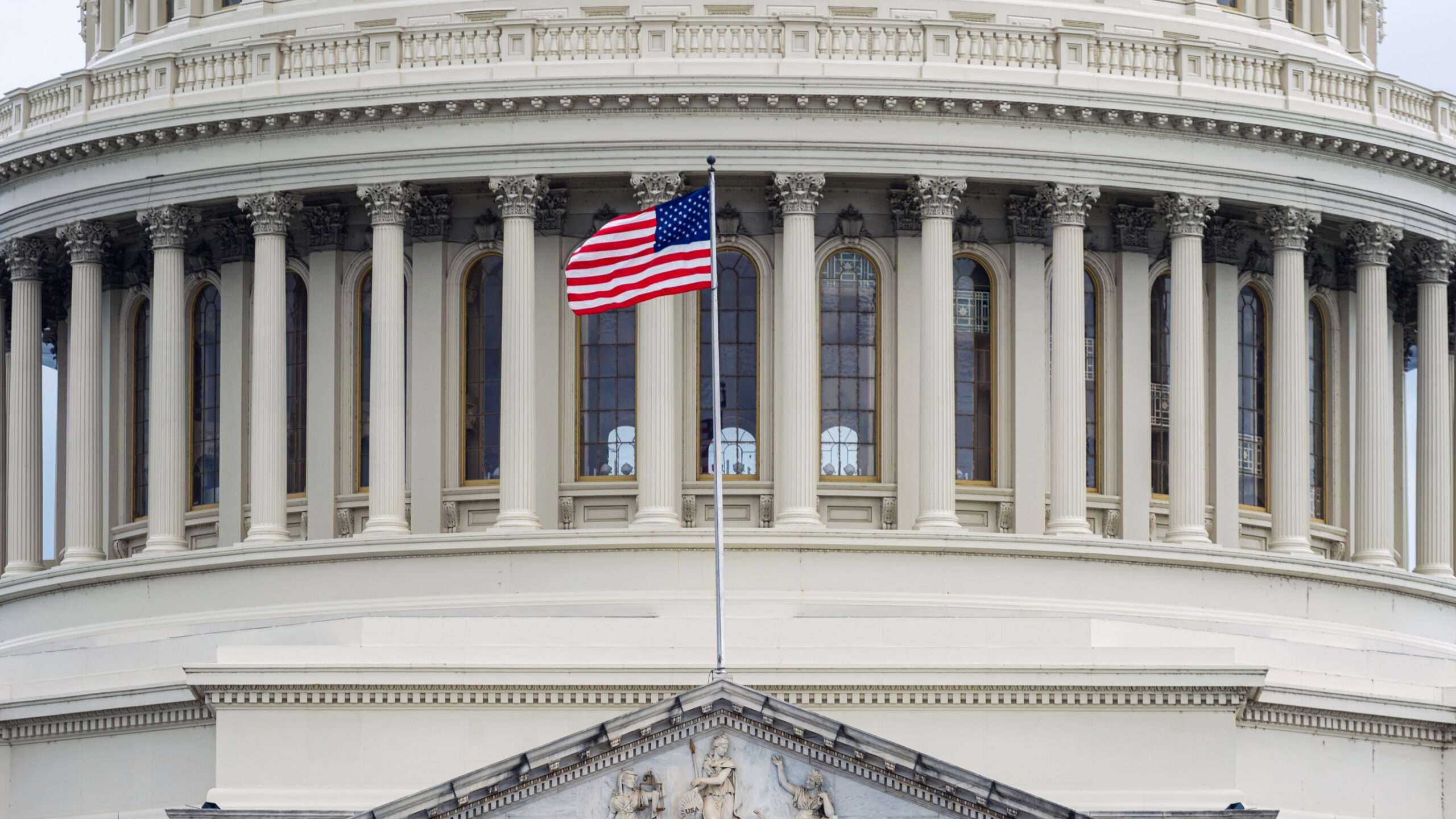
Strong gains in population, jobs and home prices coming out of the recession weren’t enough to shield metro Denver from an erosion in its middle class.
[Aldo Svaldi| May 12, 2016 |Denver Post]
Middle-income households in metro Denver shrank from 58 percent of the population in 2000 to 53 percent in 2014, according to a report released Wednesday by the Pew Research Center.
That shrinkage didn’t come primarily from households moving into higher income brackets, but rather from more households moving into lower-income ones.
“We still have a lot of people who are middle income. But I can understand the reason for concern,” said Gary Horvath, a Broomfield economist. “The recovery, in terms of income, hasn’t been strong.”
Metro Denver’s share of upper-income households increased 1 percentage point to 25 percent, while lower-income households rose 4 percentage points to 22 percent, according to Pew.
The trend toward a smaller middle class is a national one and has been underway for four decades, but sluggish economic growth has exacerbated it.
Between 2000 and 2014, the middle class shrank in nine out of 10 metro areas. In a quarter of metros, middle-class households no longer made up a majority, up from a 10th of metro areas in 2000, Pew found.
Nationally, 51 percent of households are middle-income, 20 percent are upper-income and 29 percent lower-income.
All five Colorado metros in the study saw a drop in the share of middle-class families. Besides Denver, that included:
• 6 percentage point decrease in Colorado Springs to 51 percent
• 3 point decrease in Fort Collins to 56 percent
• 6 point decrease in Pueblo to 51 percent
• 7 point decrease in Grand Junction to 52 percent
In most metros, the gain in the lower-income tier outpaced the rise in the upper-income tier.
Grand Junction was an exception, earning it a mention in the report. The share of upper-income households doubled from 10 percent of the total in 2000 to 20 percent of the total in 2014.
“Grand Junction got to the national norm by nearly doubling the share of its upper-income population from 2000 to 2014, making it one of the big winners,” Pew researchers said.
Horvath attributes that to a surge in natural gas and oil activity last decade, although that trend has since reversed. Denver, by contrast, was coming off a tech and telecom boom in 2000 that contributed to elevated wages and low unemployment.
Pew defined a lower-income household as one earning 66 percent or less of the median income in a given metro area. Upper-income households made double the median, which is the middle point where half of households make more and half make less.
By Pew’s definition, a three-person household was middle class in 2014 if its annual income fell between just under $42,000 and about $125,000. Pew offers a calculator on its website so people can see what class they fit into based on household size, income and location.
One of the most disturbing findings in the study is even though the bar needed to enter the middle class dropped from $45,115 in 1999 to $41,641 in 2014, a smaller share of the population was able to cross it.
Peter Morici, an economist at the University of Maryland, notes that the U.S. economy has grown an average of only 1.7 percent a year since 2000, just half the pace seen under the Reagan and Clinton administrations.
“The middle class is shrinking, suicides and drug abuse are up, fertility has dropped precipitously, millions of college graduates are stuck at places like Starbucks, and homeownership is at a 48-year low,” he said in a commentary.
Presidential candidates in both parties — Donald Trump and Sen. Bernie Sanders — have tapped into that deep discontent with surprising success in the primaries.
Aside from political turmoil, experts warn that widening income inequality might slow economic growth and make social mobility more difficult. Children raised in predominantly lower-income neighborhoods are less likely to reach the middle class than those from more economically mixed communities.
Middle-class adults now make up less than half the population in such cities as New York, Los Angeles, Boston and Houston.
“The shrinking of the American middle class is a pervasive phenomenon,” said Rakesh Kochhar, associate research director for Pew and the lead author of the report. “It has increased the polarization in incomes.”
But Horvath said there are more benign reasons to explain some of the middle-class decline. When a high-paying job is created in an area like Denver, an even larger number of lower-paying service jobs tend to follow.
Sectors like hospitality, food service and health care have seen some of the strongest growth in the state in recent years, he said.
Also, between 2000 and 2014, more and more baby boomers have shifted from pocketing peak wages to collecting a Social Security check in retirement, pushing down household incomes.
The report documents several other key trends:
• Income for the typical household fell in 190 of the 229 metro areas studied, even in wealthier cities such as San Francisco, Seattle and Denver.
• Income inequality is lifting some Americans closer to the top even as people in the middle fall farther. Median incomes fell 8 percent nationwide from 1999 to 2014. Yet the share of adults in upper-income homes rose to 20 percent from 17 percent. Middle-income households declined to 51 percent from 55 percent.
Wendell Nolen, 52, is among those who experienced the slide from middle-class status. Eight years ago, he was earning $28 an hour as a factory worker for Detroit’s American Axle and Manufacturing Holdings, assembling axles for pickup trucks and SUVs.
But early in 2008, things unraveled. After a three-month strike, Nolen took a buyout rather than a pay cut. Less than a year later, the plant was closed and American Axle shipped much of its work to Mexico.
Now Nolen makes $17 an hour in the shipping department of a Detroit steel fabricator, about 40 percent less than he made at the axle plant.
“America is losing jobs because of the free trade stuff,” Nolen said. “They’re selling America out.”
Overall, cities with the largest share of the middle class are more likely to be in the middle of the country, while those with the highest share of low-income household are concentrated in the Southwest.
Metro areas with the highest share of upper-income households are more likely to be found in the Northeast or along the West Coast.













